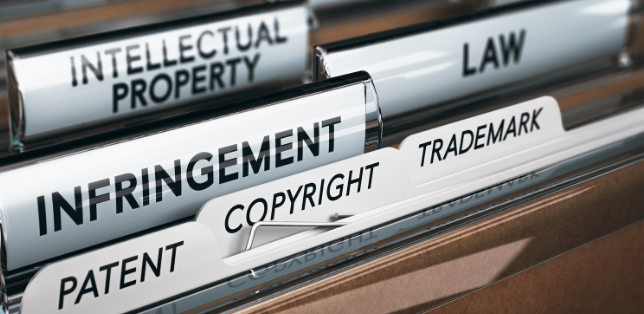In French civil law, the search for evidence is essential for an action to succeed. As the Roman proverb says, "Actori incumbit probatio", the burden of proof rests with the applicant. In the case of patents, one of the legal means for obtaining evidence is provided by Article L.615-5 of the Industrial Property Code ("Code de la Propriété Industrielle"). This article states that infringement may be proven by any means and that, subject to compliance with certain provisions, any person with legal authority may carry out a "saisie-contrefaçon" in France at the premises of a third party suspected of infringement.
The evidence preservation procedures ("saisie-contrefaçon") therefore represents an effective procedural tool for confirming suspicions of infringement, a tool which must however be handled with care by the applicant and skilfully circumvented by the defendant.
For the applicant, the aim is to obtain as much information as possible during the "saisie-contrefaçon" in order to support his future action before the court. A seizure order is obtained beforehand from the competent court in a non-adversarial manner. As the "saisie-contrefaçon" is carried out without prior notice on the defendant's premises, the defendant is in a somewhat uncomfortable position. However, the "saisie-contrefaçon" procedure is highly regulated, and it is not possible to exceed the limits set by the seizure order on penalty of the seizure being invalid. Moreover, after a "saisie-contrefaçon" , the applicant is obliged to file a suit on the merits within a specific time limit. Any violation of this requirement would lead to the invalidation of the "saisie-contrefaçon" and would expose the applicant to an action for damages by the defendant.
For the defendant the aim is of course different. After becoming aware of the seizure, he must immediately prepare to defend his know-how and other secrets (manufacturing secrets, commercial secrets, etc.). To this end, three main principles can be identified. The first principle is not to oppose the "saisie-contrefaçon" (counterfeit seizure). The bailiff carrying out the seizure is often accompanied by a law enforcement officer who usually withdraws after verifying the cooperation of the defendant. The second principle is based on the idea of passive cooperation, e.g. by strictly answering only the questions asked. This is because the findings made by the bailiff are communicated to the applicant's lawyer who will use them as evidence of the infringement in the court proceedings. The bailiff, with the help of the applicant's lawyers, has carefully prepared the search for evidence. On the other hand, the defendant should not help the bailiff in this search. The defendant must thus co-operate to the minimum extent. Finally, the third principle consists in systematically requesting the sealing of the seized evidence, on the grounds of its confidentiality. During the "saisie-contrefaçon" it may be difficult for the bailiff and the defendant to distinguish in real time between data that can be used as evidence by the applicant and data that are specific to the defendant's know-how. It is therefore possible that the documents or computer files seized may contain sensitive data unrelated to the subject matter of the patent. After the seizure, the contents of the seals will be examined by the lawyers of both parties in order to separate them, which can be done either amicably or with the help of an expert appointed by the court.
Thanks to the experience of its patent lawyers, Marks & Clerk is able to assist you in any infringement proceedings, whether you are an applicant wishing to assert your rights or a defendant at whose door a bailiff arrives to carry out a "saisie-contrefaçon". Please contact us for further information.



